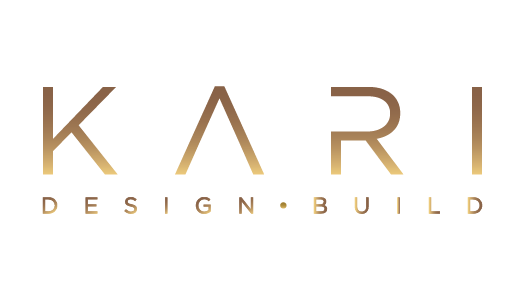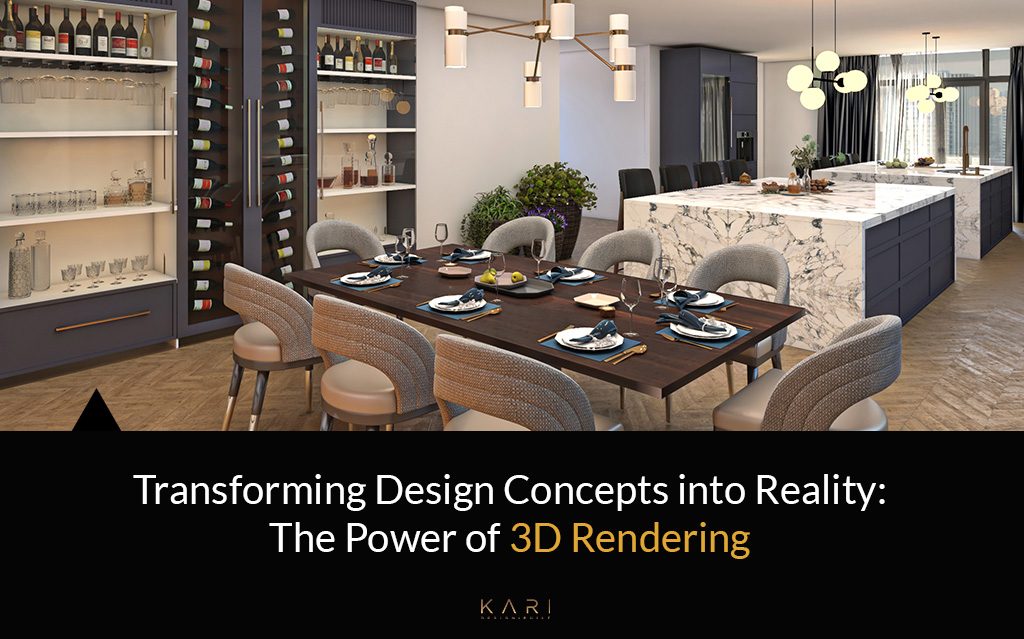In today’s architectural and design industries, 3D rendering has revolutionized how professionals and clients visualize and plan projects. Particularly in dynamic markets like Ottawa, this technology offers an invaluable tool for architects, designers, and homeowners to explore and refine designs before construction begins. This comprehensive guide delves into how 3D rendering enhances understanding, decision-making, and creativity in the design process.
What is 3D Rendering?
It involves creating graphical content using software to convert design models into images that may include photorealistic effects or stylized aesthetics. This technology allows designers to produce a visual representation of how a finished space or building will look, providing a clearer, more tangible depiction than traditional blueprints or sketches.
Benefits of 3D Rendering in Design and Construction
One of the primary advantages of it is its ability to provide a realistic preview of the finished project. This visualization helps clients make informed decisions about materials, colors, textures, and layout, ensuring that the final product aligns with their expectations. Additionally, 3D rendering can identify potential design issues before construction starts, saving time and resources that might otherwise go towards making costly corrections after the fact.
Enhancing Client Communication and Approval
3D rendering facilitates better communication between design teams and clients. By presenting a visual representation of the project, clients can easily understand complex architectural concepts and spatial relationships, which improves collaboration and speeds up the approval process. For projects in Ottawa, where architectural details and heritage considerations might play a significant role, it allows clients and stakeholders to appreciate how new designs respect and integrate with existing structures or landscapes.
Incorporating 3D Rendering into the Design Process
Incorporating it into the design process can drastically enhance the efficiency and effectiveness of project development. From the initial concept phase through to the final touches, it provides a tool for continuous refinement and iteration without the physical and financial constraints of real-world modeling. This capability is particularly beneficial in Ottawa, where diverse architectural styles and stringent building codes can complicate the design process.
Marketing and Pre-Sales Advantages
It also offers significant advantages in marketing and pre-sales, especially for new developments. Real estate developers and marketing teams in Ottawa can use it to generate interest and sell properties before construction is completed. These renderings can be used in promotional materials, virtual tours, and sales galleries, providing potential buyers with a compelling visual of the property.
Choosing a Provider for 3D Rendering Services
Selecting a skilled and experienced 3D rendering provider is crucial. You want a team that not only has technical proficiency with 3D modeling software but also possesses a strong understanding of architectural design and construction principles. In Ottawa, where the demand for high-quality visual representation is high, choosing a provider with a robust portfolio of successful it projects is essential.
Conclusion
3D rendering is a powerful tool that brings immense value to the fields of architecture, design, and construction. By enabling realistic visualizations, enhancing client communications, and improving the overall design process, it has become indispensable, especially in sophisticated markets like Ottawa. For professionals looking to leverage this technology, exploring reputable 3D rendering services can lead to more successful, efficient, and visually appealing projects. If you’re interested in exploring how 3D rendering can transform your next project, visit our website to learn more about our services and see examples of our work.
Visit our Instagram

